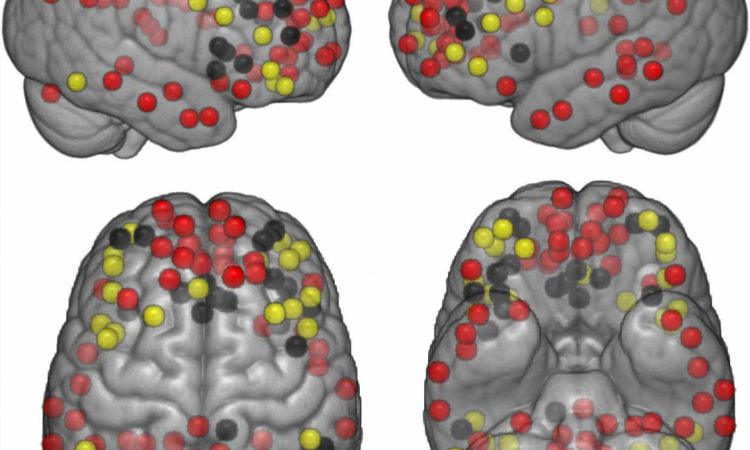![Location of the nodes for each network defined by Power (2011) atlas [44]. Red: DMN (59 nodes); Yellow: FPN (25 nodes); and Black: SAL (18 nodes). Credit: Journal of Alzheimer's Disease Reports (2023). DOI: 10.3233/ADR-220062 Study finds brain connectivity, memory improves in older adults after walking](https://scx1.b-cdn.net/csz/news/800a/2023/study-finds-brain-conn.jpg)
- Default mode network – Activates when a person isn’t doing a specific task (think daydreaming about the grocery list) and is connected to the hippocampus—one of the first brain regions affected by Alzheimer’s disease. It’s also where Alzheimer’s and amyloid plaques, a prime suspect for Alzheimer’s disease found around nerve cells, show up in tests.
- Frontoparietal network—Regulates decisions made when a person is completing a task. It also involves memory.
- Salience network—Monitors the external world and stimuli and then decides what deserves attention. It also facilitates switching between networks to optimize performance.
Source: Read Full Article
